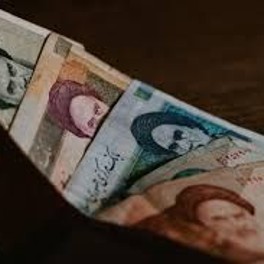Currency and Payment Tips in Iran
 Currency and Payment Tips in Iran
Currency and Payment Tips in IranThe official currency of Iran is the Iranian Rial (IRR), but the term "Toman" is commonly used as well. One Toman equals 10 Rials. Currency exchanges are typically done at exchange offices, and rates can vary depending on the local market. Most people prefer to use cash in Iran, as most places do not accept credit cards. Therefore, it’s advisable to carry a sufficient amount of cash before traveling.
International credit cards, especially those from the United States or Europe, are generally not accepted in Iran. Foreign bank cards may work in a limited capacity, but in most cases, payments must be made using local cards. However, in major hotels and tourist areas, particularly in luxury restaurants, credit cards might be accepted. Smaller shops and markets typically request cash payments.
When traveling to Iran, it is best to exchange your currency before arrival or at the airports, although exchange rates at the bureaus may not always be the best. Bargaining is a common practice in Iran, and prices can often be reduced through negotiation. This is especially true in markets and smaller shops, where haggling is part of the shopping experience.
Many travelers prefer to exchange currency at local banks, especially in city centers, but you may face long lines and slow service. ATMs in Iran generally only accept local bank cards, and foreign cards will likely not work. Therefore, it's important to be prepared for cash payments, especially when traveling outside the major cities.
In Iran, you will find exchange offices and banks in all major cities, but services are limited in rural areas. If you're planning to travel to smaller towns, it’s crucial to carry enough cash with you. Don’t forget to bargain in street markets and small shops, as you may be able to secure better prices.
Other Contents

